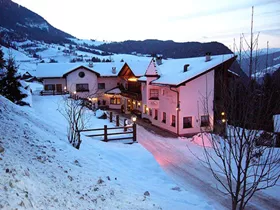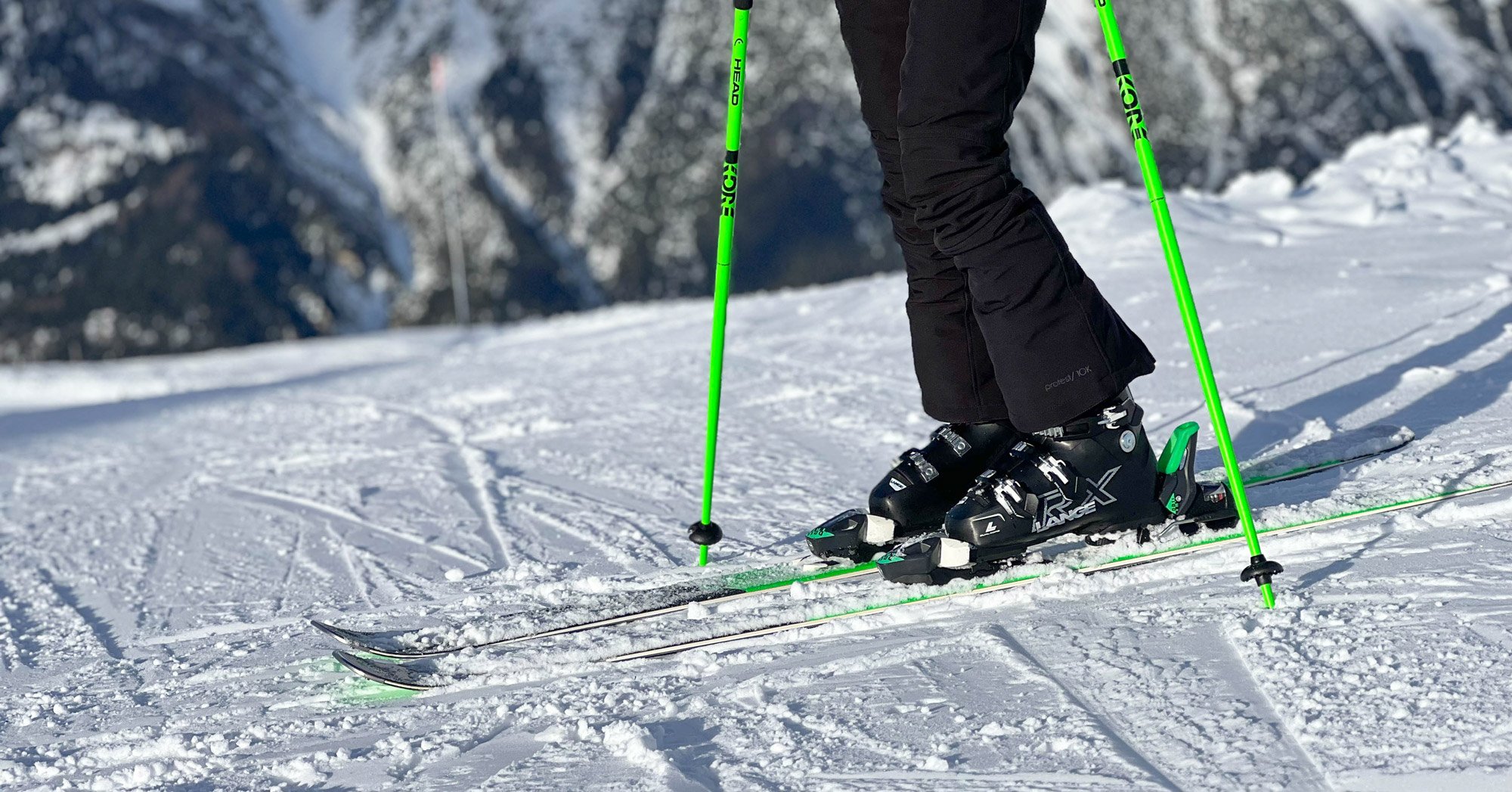

Would you like to have your own skis, but your budget doesn't allow for a pair of brand new slats? Then second-hand skis might be a good solution. The internet is full of them. You may even get a chance to buy a pair from a friend or a rental. But how do you find a pair of good second-hand skis? That's not so easy! There are many points to consider and a lot of 'junk' on offer. In this article, we will give you tips for buying second-hand skis.
1. Which skis are best for you?
The selection of skis is huge. Whether you want to buy a new or second-hand pair of skis, the first thing you need to do is check which skis suit you best. What is your level? Do you like speed? What kind of turns (short or long) do you prefer? Do you mainly ski on- or off-piste? It will help you if you have these answers before you start looking for a pair of skis.
2. Start looking for your ideal skis
Once you've covered step 1, it's time to start looking for your second-hand skis. It's handy if you already have some models and lengths in mind, so you can start looking for these. Many people approach their search the other way round: see what's on offer and then check if there's a ski for them. Of course, you can do that too, but it can be like looking for a needle in a haystack. In any case, once you have found suitable skis, make sure you study their properties. Wrong skis (too stiff for beginners or too limp for advanced skiers) can ruin your fun while skiing. You can always check the skis reviews.

3. How old can second-hand skis be?
Skis have a limited lifespan, which depends greatly on how often they have been used and how well they've been maintained. Skis that are 5 years old, have only been used once a year for a week, and have been well maintained, can still last for several holidays. On the other hand, skis that have been used intensively for 2 or 3 years are sometimes better off in the trash, but even these are sometimes still offered for sale. We don't recommend buying second-hand skis older than 8 to 10 years, although this doesn't mean you can't still find some pairs of that age that are in good shape.
4. Do the bindings appear to be in good shape?
Bindings do not incur damage very easily unless exposed to a big hit. When buying your second-hand skis, ask if you can click a ski boot into the binding and see if it goes in and out smoothly and properly. Better still, have the bindings checked at a winter sports shop when you take your skis for maintenance.

5. See the skis with your own eyes
Skis can look great in a photo, but the best thing is to see them with your own eyes. Only then will you be able to assess the condition of the bindings, edges and base. A nice top surface of the skis is no guarantee for good skis - one wrong hit on the bottom can cause a lot of irreparable damage. So examine the ski carefully and critically.
6. How does the base layer look?
Of course, it is nice if your new second-hand skis are nicely waxed, but this is not always the case. A white worn base does not have to be a problem; you can often solve this nicely with a layer of wax (or two). More importantly, look carefully for deep gouges, scratches and/or cracks. For example, if you see the layer under the base (e.g. wood), this could mean that the core of the ski has been damaged beyond repair. Less deep grooves and scratches are not a problem. If parts of the base are missing right at the edge, it might be better not to buy the skis. Such areas are very difficult to repair and will always remain the ski's weak spots.

7. Are the edges still adequately attached and ‘think’ enough?
A collision with a stone on the piste can (partially) loosen the edges of a ski. If this is the case, it is actually beyond repair: so don't buy such skis. Check the skis carefully along both sides, from top to bottom. The more often edges are sharpened, the shorter the lifespan of the ski. You can see this by the thickness of the edge. The thinner the edge, the less skiing pleasure you will get. Also, pay attention to rust. Small amounts of rust can be polished away, but deep rust cannot.
8. Ex-rental skis are an added risk
It seems ideal: you have enjoyed a week of skiing on rental skis, and then you can buy them for next to nothing. But beware! Rental skis are heavily used and maintained. So pay extra attention to the edges of the skis, and ask the seller how many times you could still sharpen them. Rental skis are frequently put through the sharpening machine, so the edges of the skis wear out quickly. Another tip - lay the skis flat on the ground to see if they still have their shape and 'resilience'. To do this, press down on the bindings and release the skis. They should still spring back well. Moreover, keep in mind that rental skis often have special rental bindings that can be adjusted to fit many different sizes of ski boots; such bindings are often a lot heavier.

9. When in doubt: don’t do it!
If you paid good attention to the above points and are enthusiastic about your 'new' skis: go for it! If you have doubts, don't do it or ask for a big discount.
Buying second-hand skis is not easy. When unsure, ask family or friends with more













